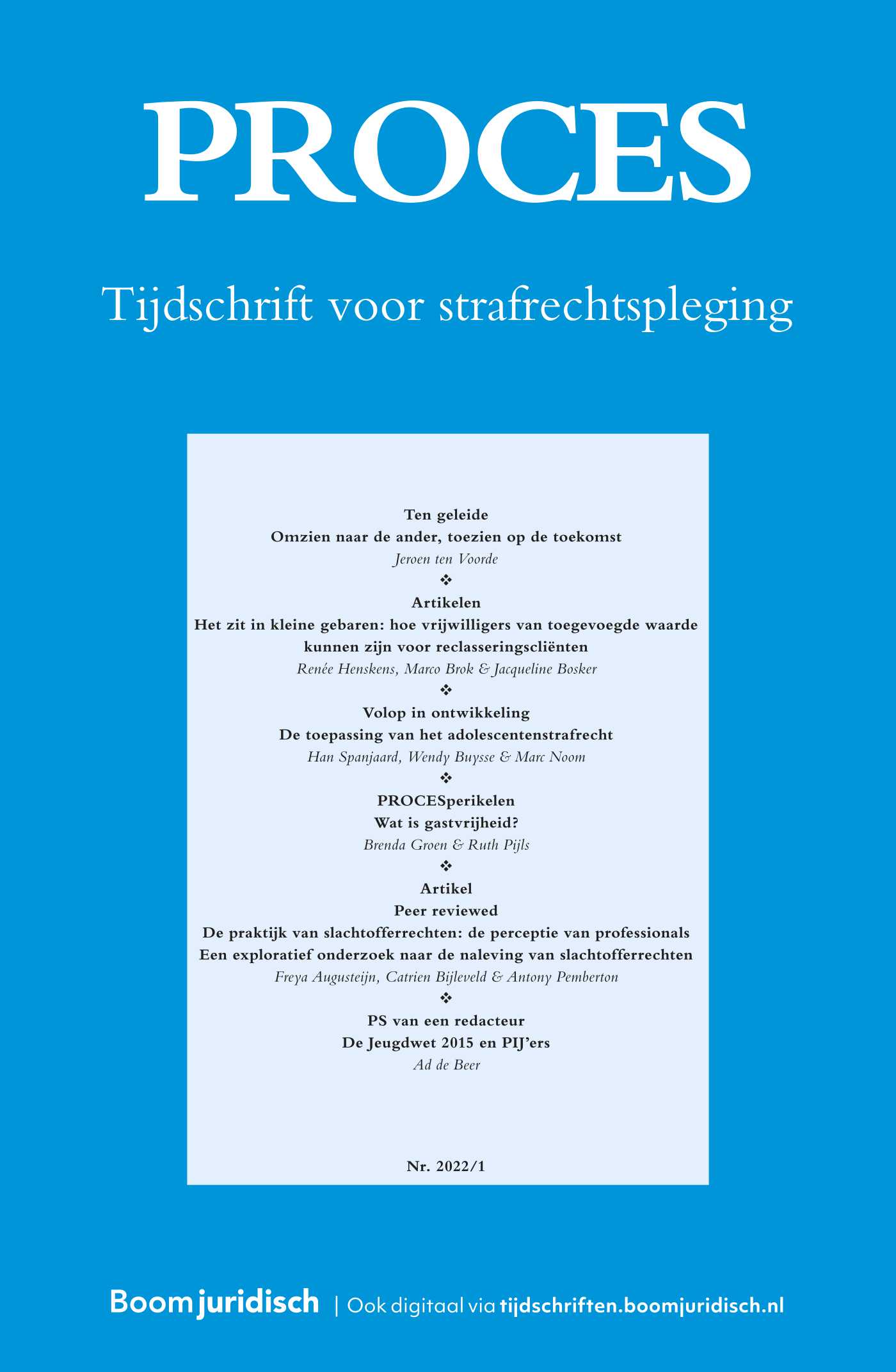|
According to the text of the law and the meaning of the (international and) Dutch legislator, someone can also commit the crime of money laundering when the illegal proceeds originate from a crime he committed himself. The acquisition or possession of property that was derived from criminal activity is also considered as money laundering regardless whose criminal activity it was. The Dutch Supreme Court made an exception for situations in which the defendant has done nothing to conceal or disguise the criminal background of the property. This means that, for instance, when a drug dealer has hidden his ‘dirty money’ in or around his house, it cannot be qualified as money laundering. This poses problems for investigative authorities. In this article, the possibility of regarding the act of hiding and keeping hidden money as an attempt to launder money, based on the presumption that every act involving the hidden or kept money will result in money laundering, is researched. |


PROCES
Meer op het gebied van Criminologie en veiligheid
Over dit tijdschriftMeld u zich hier aan voor de attendering op dit tijdschrift zodat u direct een mail ontvangt als er een nieuw digitaal nummer is verschenen en u de artikelen online kunt lezen.
| Redactioneel |
Rug recht houden in tijden van een rechtsstatelijke crisis |
| Auteurs | Mr. Beatrijs Jue-Volker |
| Auteursinformatie |
| Artikel |
Probleemoplossingsgericht denken bij witwassen van uit eigen misdrijf afkomstige voorwerpen |
| Trefwoorden | Witwassen, Eigen misdrijf, Uitzondering, Poging tot witwassen |
| Auteurs | Mr. Joost Verbaan en Mr. dr. Joost Nan |
| SamenvattingAuteursinformatie |
| Artikel |
Hoe effectief straft de keten eigenlijk?De ontwikkeling van het strafrisico in de periode 1995-2012 |
| Trefwoorden | strafrisico, commune criminaliteit, decompositie strafpunten, omrekensleutel |
| Auteurs | Dr. Ben Van Velthoven |
| SamenvattingAuteursinformatie |
|
This paper studies the development of the average punishment per criminal offence, the product of frequency and severity, imposed by the Criminal Justice System in the Netherlands over the period 1995-2012. Available data cover all principal sanctions: (unconditional) prison sentences, community service orders and fines. A decomposition is made to separate the frequency and severity of punishment from size effects (changes in the composition of crime). The decomposition points out that, on average, crime has become more serious over time. The average punishment per criminal offence in 2012 is lower than it was in 1995. |
| Praktijk |
De onbegrensde malaise van Australisch asielbeleid |
| Auteurs | Patrick Van Berlo LL.M |
| Auteursinformatie |
| Artikel |
Daar doen we het voor! Opbrengsten en effecten van verslavingsreclassering |
| Trefwoorden | rehabilitating institutions, result indicators, monitoring rehabilitation, drug-addicted offenders |
| Auteurs | Drs. Corine Von Grumbkow en Drs. Ron Van Wonderen |
| SamenvattingAuteursinformatie |
|
The SVG aims to improve its ability to show the social relevance of the work done by organizations for the rehabilitation and probation of drug-addicted offenders. As a first step the SVG asked the Verwey-Jonker Institute to develop a monitor which provides structurally insight into the returns of this work. The monitor couples data at the individual client level to relevant indicators. The monitor’s results are very promising. A year after they had come into contact with the rehabilitating institutions, clients committed significantly fewer criminal offences than they did during the year prior to that moment. Contacts with the police decreased as well. |
| Column |
Informatie, afschriften en vertalingen |
| Auteurs | Mr. dr. Ard Schoep |
| Auteursinformatie |
